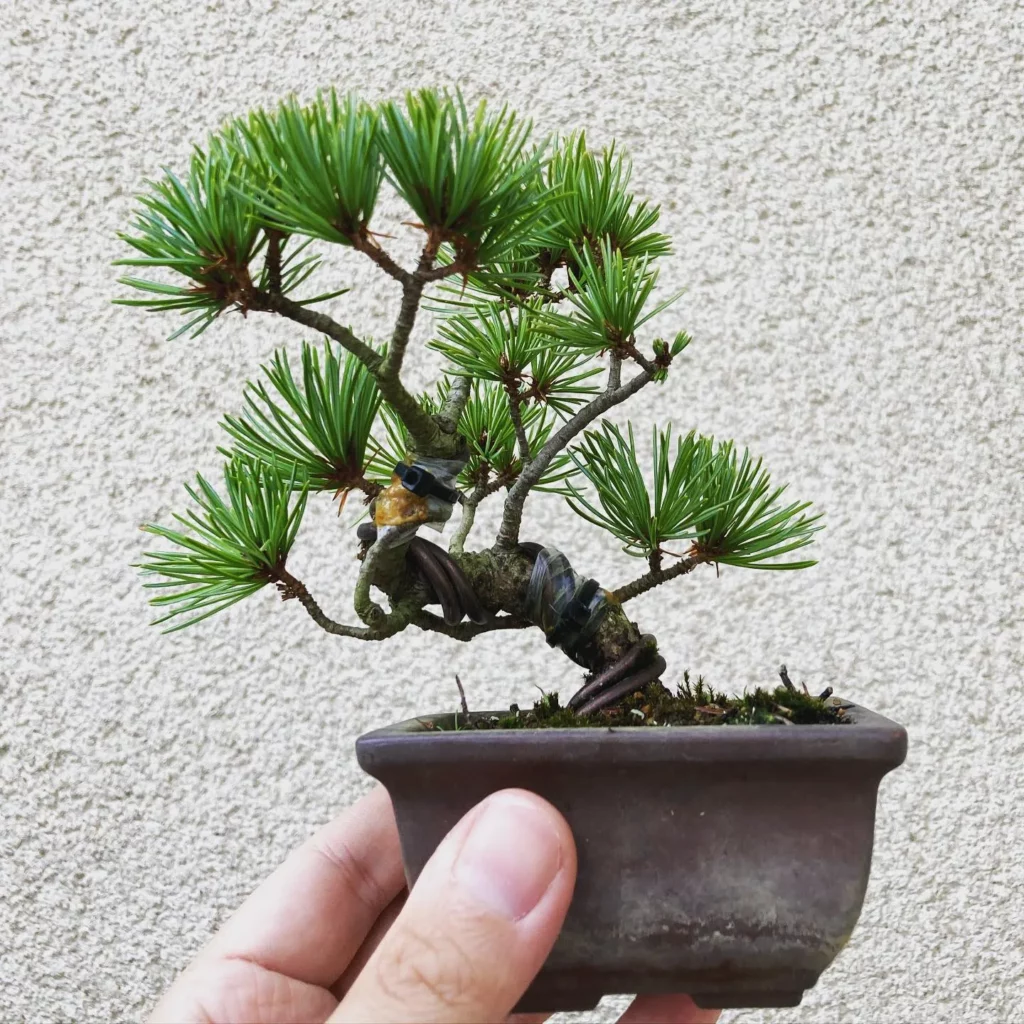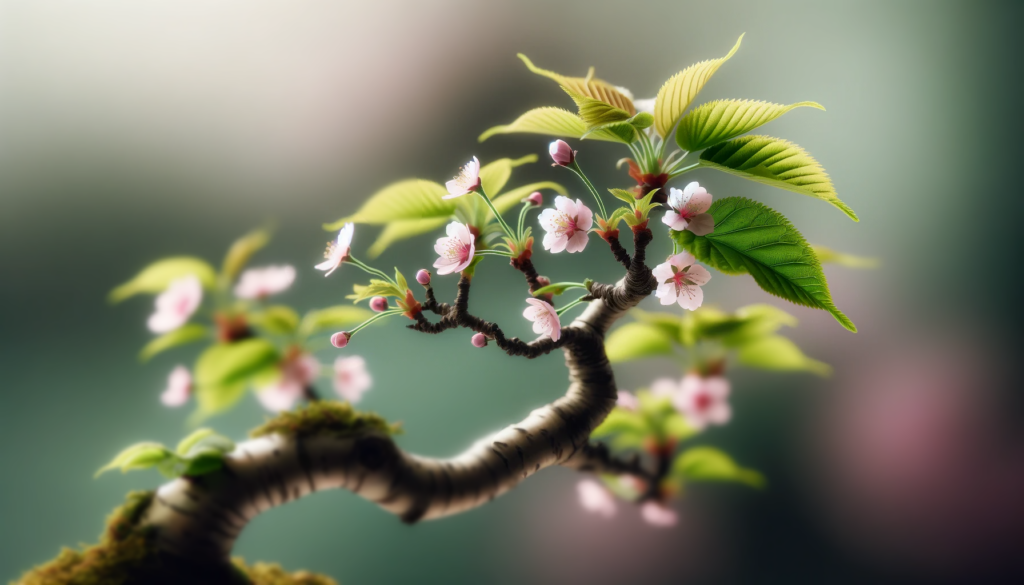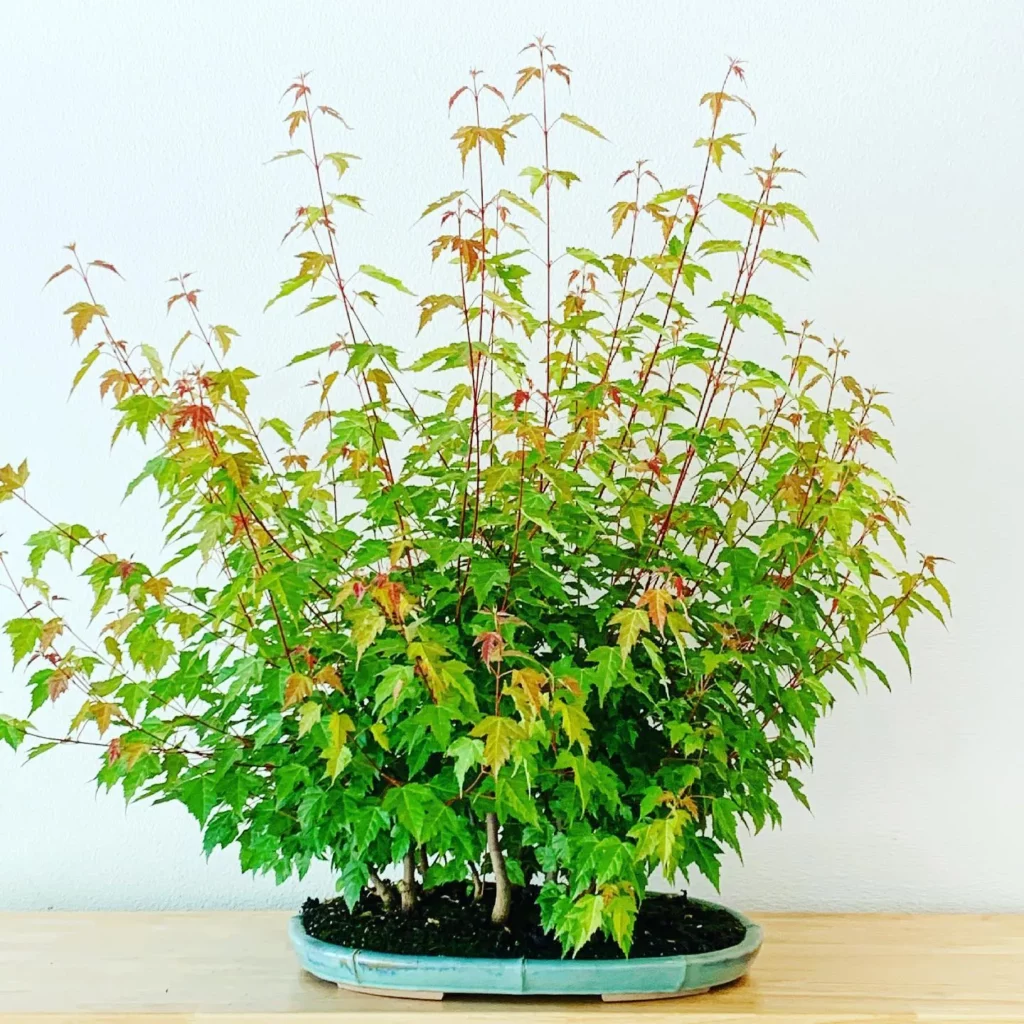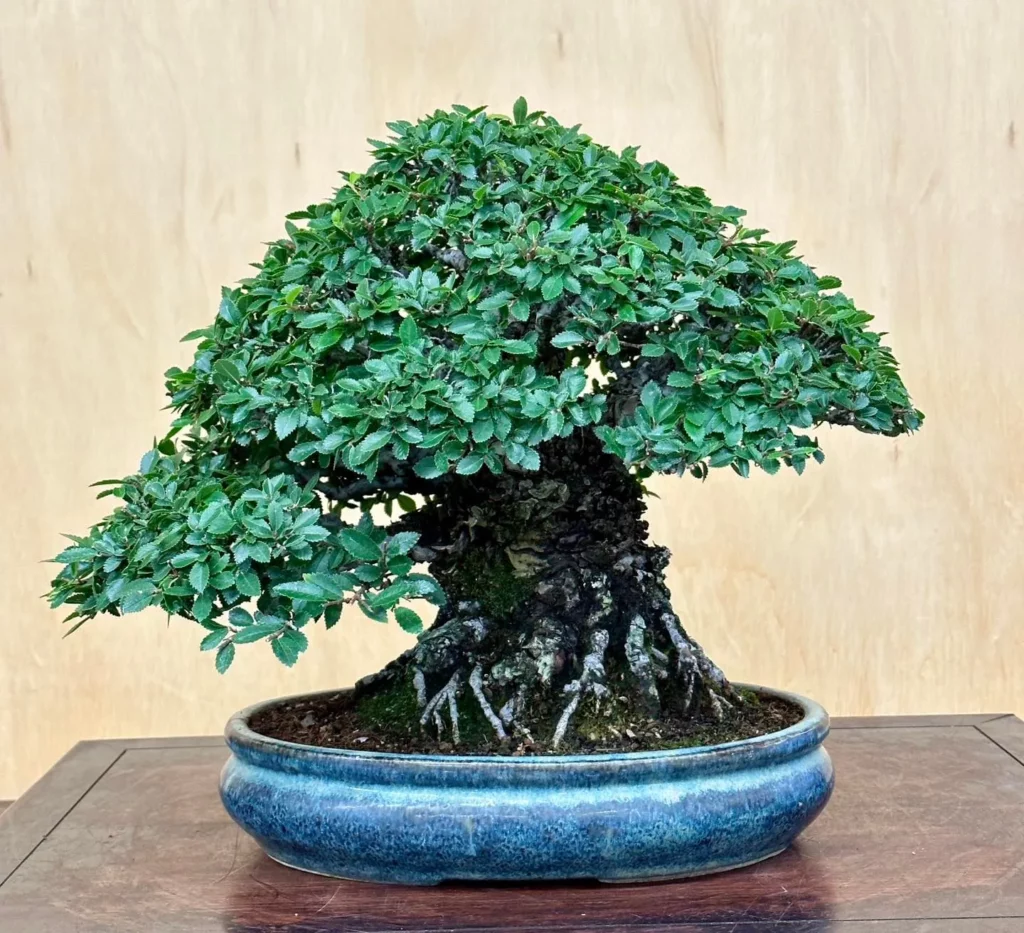Welcome to the world of bonsai! If you’re looking to take your bonsai displays to the next level, then you’ll definitely want to consider incorporating bonsai accent plants. These small living plants can truly enhance the beauty of your bonsai trees and create visually stunning displays.
By carefully selecting the right accent plants, you can complement or contrast the colors, textures, shapes, and forms of your bonsai trees, resulting in a display that is truly captivating. Not only do these accent plants add visual interest, but they also create a more natural-looking environment, making your bonsai display feel like a slice of nature.
But choosing the right accent plants is more than just about aesthetics. The selection of these plants can actually impact the health and growth of your bonsai trees. Factors such as soil type, light exposure, blooming periods, compatibility, and the story or scenery you want to depict should all be taken into account when choosing accent plants.
Aside from their beauty, these accent plants also serve a functional role. They can regulate soil moisture and provide essential nutrients to your bonsai trees, ensuring their overall health and vitality.
Definition Of Bonsai Accent Plants And Other Companions

Bonsai accent plants are small living plants placed in small pots or containers alongside a bonsai tree to complement or contrast with its colors, textures, shapes, and forms. They provide an additional layer of beauty and visual interest to the bonsai display.
Other companions, such as figurines, stones, or miniature structures, can also be added to enhance the overall aesthetic appeal of the display. These companions contribute to the storytelling element of the bonsai display, creating a more immersive and captivating experience.
Types of Bonsai Accent Plants
There are various types of accent plants that can be used for bonsai displays:
- Moss: Moss is a popular choice as it adds a natural and organic feel to the display. It can be used to cover the soil surface or to create a mossy landscape around the base of the bonsai tree.
- Ferns: Ferns are known for their delicate foliage and can bring an elegant touch to the bonsai display. They thrive in moist environments and can be used to create a lush and verdant backdrop.
- Succulents: Succulents such as cacti or jade plants are suitable for arid climates and can provide a contrast in texture. They are low-maintenance and add a unique charm to the overall composition.
- Flowering Plants: Flowering plants like orchids or miniature roses can bring bursts of color to the display during certain seasons. They add vibrance and beauty to the bonsai display but require more attention and care.
No products found.
Choosing the Right Companions
When selecting companions for your bonsai display, it is important to consider their compatibility with the bonsai tree and overall aesthetic. The companions should complement the style, size, and theme of the bonsai tree, creating a harmonious and visually pleasing composition.
Additionally, consider the story or scene you wish to depict with your bonsai display. Choose companions that align with the narrative you want to create, such as figurines that represent people, animals, or elements of nature.
The Importance of Choosing the Right Accent Plants and Companions for Bonsai Trees

Choosing the right accent plants and companions for your bonsai trees is crucial for both their aesthetic appeal and their overall health and growth. When selecting accent plants for your bonsai trees, it is important to consider the specific soil types and light requirements of each bonsai species. By choosing plants that are compatible with your bonsai tree’s needs, you can ensure optimal growth and vitality.
In addition to considering the specific needs of your bonsai tree, it is important to avoid using harmful chemicals in your companions. These chemicals can damage the sensitive bark of the bonsai tree and hinder its growth. Opt for natural and organic companions to create a safe and healthy environment for your bonsai tree.
Another factor to consider when choosing accent plants and companions is their ability to thrive throughout different seasons. Select plants that bloom during different periods to ensure year-round visual interest in your bonsai display. Additionally, choose plants that are resistant to cold temperatures and have the ability to thrive in both indoor and outdoor conditions, depending on the environment in which your bonsai tree is kept.
The right combination of accent plants and companions can also help tell a story and enhance the overall beauty of your bonsai display. Consider the colors, shapes, and textures of the plants and companions you choose, and how they can work together to create a visually appealing and harmonious composition.
How To Choose The Right Accent Plant For Your Bonsai Tree

Choosing the right accent plant for your bonsai tree is a crucial decision that can greatly enhance the overall aesthetic of your display. To ensure a harmonious and visually appealing combination, there are several key considerations to keep in mind.
Complement the Style and Theme
The accent plant should complement the style and theme of your bonsai tree. Consider the coloration and origin of the tree when selecting an accent plant. For example, if you have a bonsai tree with vibrant red leaves, you could choose a complementary accent plant with purple flowers to create a stunning visual contrast.
Size and Proportion
It’s important to choose an accent plant that is appropriate in size and proportion to your bonsai tree. The accent plant should not overpower the bonsai but instead provide a complementary backdrop. Ensure that the accent plant does not overshadow the bonsai tree’s unique features and maintains an overall balanced look.
Compatibility of Lighting, Temperature, and Humidity
No products found.
The lighting conditions, temperature, and humidity levels required by both the bonsai tree and the accent plant should be compatible. Carefully consider the specific needs of each plant before making your selection. Some plants may require direct sunlight, while others thrive in shaded areas. Ensuring compatibility will help both plants flourish.
Climate and Container Size
Choose an accent plant that can thrive in your specific climate and the size of the container housing your bonsai tree. Different plants have different temperature and moisture requirements, so it’s important to select an accent plant that can adapt to your local environment. Consider the container size to avoid overcrowding and provide ample space for both the bonsai tree and the accent plant to grow.
Maintenance and Care
Regular maintenance and care are essential for the health and longevity of both the bonsai tree and the accent plant. This includes proper watering, fertilizing, pruning, and re-potting. Take into account the specific needs of both plants and ensure you can commit to providing the necessary care to keep them thriving.
Other Companions For Bonsai Trees

In addition to accent plants, there are various other companions that can be incorporated into bonsai displays to create a more dynamic and visually appealing landscape. These companions include:
- Figurines: Miniature human or animal figurines can lend a touch of whimsy and storytelling to the bonsai display.
- Miniature Structures: Tiny bridges, pagodas, or lanterns can add a sense of scale and create a miniature world within the bonsai display.
- Rocks and Stones: Placing rocks and stones strategically around the bonsai tree can create a sense of natural balance and mimic the natural habitat of the tree.
- Decorative Elements: Other decorative elements like bonsai pots, water features, or bonsai display tables can enhance the overall aesthetic and create a more professional-looking presentation.
No products found.
Examples Of Bonsai Accent Plants And Other Companions
Bonsai accent plants and other companions can greatly enhance the overall aesthetic of your bonsai display. There are various types of accent plants that you can choose from, such as moss, ferns, succulents, and flowering plants. These plants not only bring color and texture to your display but also add a sense of natural beauty.
Aside from accent plants, you can also incorporate other companions to create a more dynamic and captivating bonsai landscape. Miniature bridges, pagodas, lanterns, birdhouses, benches, as well as statues of people or animals, can all serve as unique and eye-catching additions to your display.
By combining different accent plants and companions, you can showcase your creativity and create a bonsai display that tells a story. Whether you want to create a serene Japanese garden or depict a scene from nature, the possibilities are endless. It’s all about finding the right balance and harmony between the elements to create a visually stunning and captivating bonsai display.
After this check out our other articles on:
FAQ
What are bonsai accent plants?
Bonsai accent plants are small living plants that are placed alongside bonsai trees to enhance their beauty and create a more visually appealing display.
What is the purpose of accent plants?
Accent plants complement or contrast with the colors, textures, shapes, and forms of the bonsai tree, creating visual interest and a more natural-looking environment.
How do accent plants impact the health and growth of bonsai trees?
Accent plants serve a functional role by regulating soil moisture and providing nutrients to the bonsai tree. Choosing the right accent plants is important for the health and growth of the tree.
What factors should be considered when choosing accent plants?
Factors to consider include soil type, light exposure, blooming periods, compatibility, and the story or scenery being depicted in the bonsai display.
Can accent plants be placed in small pots or containers?
Yes, accent plants are typically planted in small pots or containers and placed near the bonsai tree trunk.
Can other companions be added to bonsai displays?
Yes, other companions such as figurines, stones, or miniature structures can be added to enhance the visual appeal and create a more storytelling environment.
How do you choose the right accent plant for your bonsai tree?
Consider the plant’s compatibility with the bonsai tree’s specific soil type, light requirements, climate, container size, and overall aesthetic harmony.
What are some examples of accent plants?
Examples include moss, ferns, succulents, and flowering plants. Each has its own unique characteristics and visual appeal.
Can accent plants and other companions tell a story?
Yes, the right combination of accents and companions can create a more dynamic landscape and tell a story within the bonsai display.




